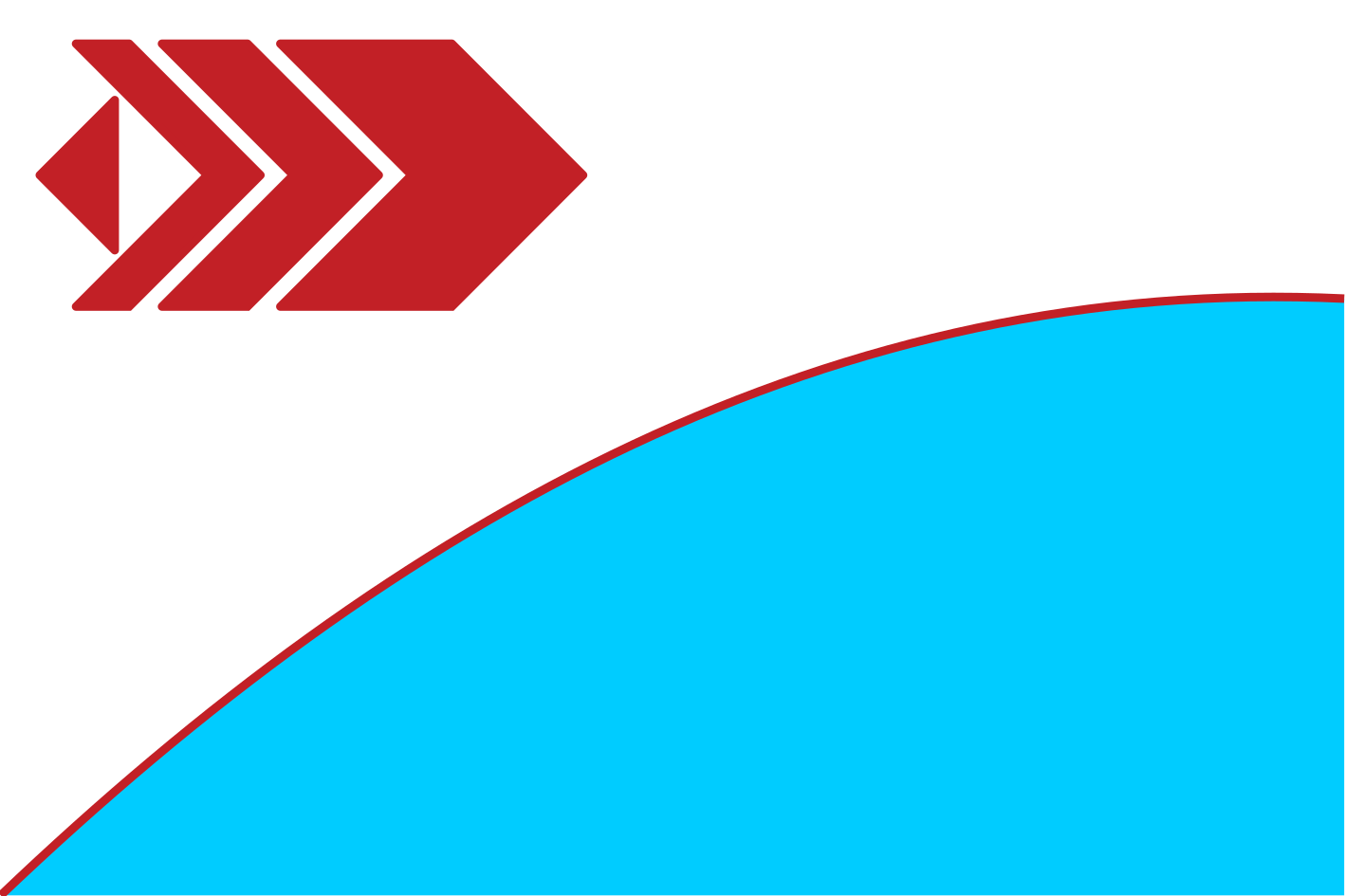Nuavaao
Nuavaao (demonym: Nuavaaii) is a planet in the Nuavaao system. It is the second planet from the sun but the third orbital body in the system, the innermost body being a small belt of asteroids--the remains of a hot ferrous planet that was ripped apart by the star's tidal forces. Carbon dating puts Nuavaao at 4.76±0.05 billion years old.
Orbital Characteristics
Nuavaao orbits the system's star at a mean distance of 101,678,000 km (0.68 AU), with its periapsis and apoapsis approaches at 97,238,620 km (0.65 AU) and 106,214,500 km (0.71 AU), respectively. Its orbital eccentricity of 0.0397, more than twice as eccentric as Cradle, means its winters are short and cool, and its summers moderate but long. It rotates on its axis once every 28 hours and 58 minutes (commonly abbreviated to 29 hours), and takes 225 Cradle days, 19 hours and 54 minutes (or 187 local days) to complete a full orbit of the star. Geosynchronous orbit lies at about 37,430 km above the planet's surface. Average surface temperatures range from 74 F to 93 F. Nuavaao's atmosphere has a pressure of 608 mmHg (or 0.8 atmospheres) at sea level, and its exosphere extends to 115 kilometers above its surface. With an equatorial radius of 5,638.44 km, a mass of 4.3419×1024 kg (0.727 Me), a density of 5.7825 g/cm3 and a mean gravity of 0.928 g, fourth-generation Nuavaaii tend to be somewhat taller and slighter than earlier settlers, and are considered to be well-adapted to planetary conditions. Nuavaao has two moons, Kydduö and Mayää, both of which are tidally locked; thus, Nuavaao is technically one part of a three-part barycentric planetary system.Geography
Nuavaao consists of two large continents, Rakeapauvisuana (variously, "place where my heart is planted", "place where my heart is embedded", or "place of my heart-tree") in the north, and Kaaqaakiparea ("fire-in-history") in the south, each with land access to their respective poles. There is a large island quasi-continent, Paisloakeapau ("big over-there-land"), in the eastern hemisphere, between the two continents, largely separating the two. This island, situated on a sunken land bridge, also forms the eastern edge of the Central Ocean, the western edge being a totally submerged but similar land bridge in the northwestern hemisphere. The Central Ocean is largely warm, brackish and prone to storms, in particular around the Kodakat area; the Distal Ocean is largely cool, fresh and somewhat calmer. Only Rakeapauvisuana has been settled.
Nuavaao is very lush, with large swathes of thick tropical jungles and equally massive grasslands; Rakeapauvisuana is mostly jungle, fading with more northerly latitudes into scrublands and eventually tundra and the northern ice, split by a mountain range in its west--Qaaqaaporag ("the big hills"). Visaumanaa ("dragon-heart") is the highest peak of this range, rising 7597 meters above sea level.
Nuavaao's oceans are comparatively deep, at an average depth of 3.9 kilometers. Its mid-oceanic ridge in the Central Ocean, though never surveyed in detail, is believed to extend to a depth greater than 10,000 km.
Owing to the low tidal forces on the planet, the average oceanic tidal difference is very small (about 1/6th of Cradle's). This has resulted in much smaller intertidal zones on average (though both Hestat and Tyldaa experience significant tides given their geography).
Fauna & Flora
Terrestrial life on Nuavaao tends to be smaller, due to Nuavaao's lower (18%) oxygen content. Due to oxygen toxicity (and eventual nitrogen narcosis), marine life cannot survive beyond 2.3 km below sea level, leading to oceans that are very deep, but mostly empty. This, along with the small intertidal zones, has led to a stunting in terrestrial animal evolution, and most species tend to be one or another variation of arthropods.
One of the species introduced by the settlers, krait, has adapted quite well to the Nuavaaoaa ecosystem, being hardly any different from any native crustacean lifeforms (aside from their toxic alkaloid-laden blood). However, in contrast to this, a population of miniature deer, originally pets of one of the original settlers, have run rampant across Rakeapauvisuana, having no predators and plenty of foliage to graze on. These deer are considered pests, but are an important staple of the Nuavaaii.
By far the most varied forms of life on Nuavaao is its foliage--from glass cattails to glitterhorns to creeping midnight and many, many others. Owing to the K-type star that Nuavaao orbits, most light-absorbing parts of photosynthetic plants display bright green to deeply red colors. During autumn, deciduous plants on Nuavaao lose their chlorophyll and flavonoid analogues, revealing indigo, pink and magenta colors.
The typical colors of Nuavaaoaa foliage. Note the red-shifting from Cradle.
The colors of a Nuavaaoaa autumn for deciduous foliage.
History
see History of Nuavaao for an anthropocentric history
Type
Planet
Vehicles Present
Location under
Included Locations
Owning Organization
Characters in Location







Comments